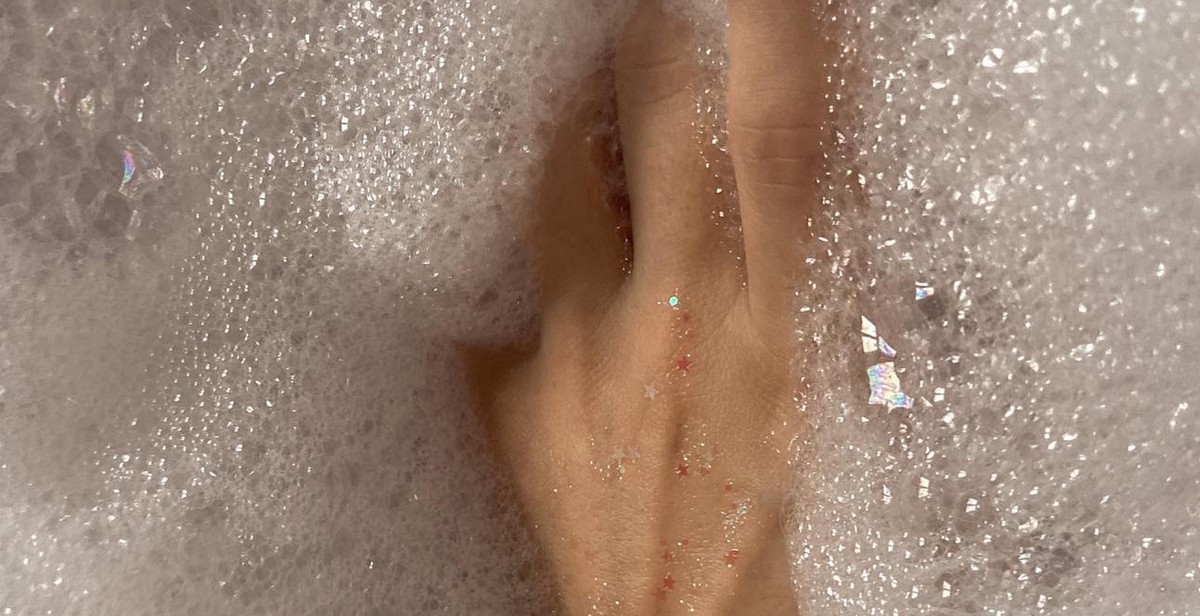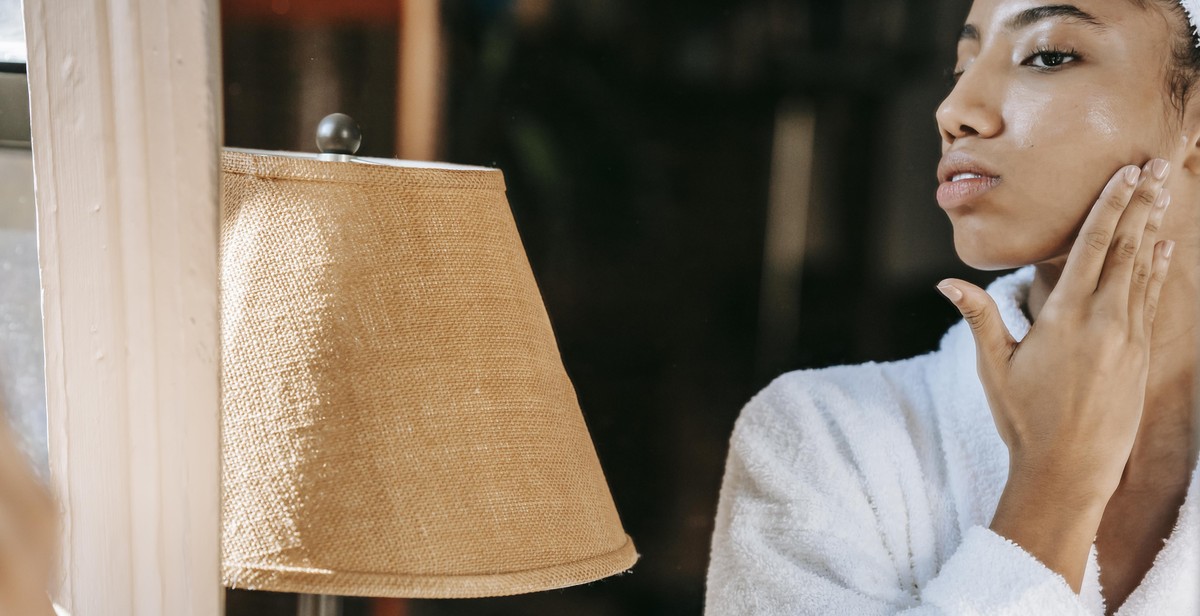How to Build an Effective Skincare Routine for Different Skin Types
Skincare is an essential part of our daily routine that helps keep our skin healthy, glowing, and youthful. However, with so many skincare products available in the market, it can be overwhelming to choose the right ones for your skin type. Building an effective skincare routine requires understanding your skin’s unique needs and selecting products that cater to those needs.
Identifying Your Skin Type
The first step in building an effective skincare routine is identifying your skin type. There are five main skin types: normal, dry, oily, combination, and sensitive. Each skin type has unique characteristics and requires specific skincare products.
- Normal skin: Balanced skin with few imperfections
- Dry skin: Skin that feels tight, itchy, or rough and may have flaky patches
- Oily skin: Skin that is shiny and prone to acne or blackheads
- Combination skin: Skin that is oily in the T-zone (forehead, nose, and chin) and dry in other areas
- Sensitive skin: Skin that is easily irritated, itchy, or prone to redness or rash
Building Your Skincare Routine
Once you have identified your skin type, you can start building an effective skincare routine. A basic skincare routine should include three steps: cleansing, toning, and moisturizing. However, depending on your skin type and concerns, you may need to add additional steps or products to your routine.
In this article, we will discuss how to build an effective skincare routine for different skin types and recommend some products that can help you achieve healthy, glowing skin.

Understanding Your Skin Type
Before you start building your skincare routine, it is essential to understand your skin type. Different skin types require different skincare products and routines to achieve healthy and glowing skin.
Dry Skin
Dry skin is characterized by a lack of moisture and oil in the skin. It can often feel tight, itchy, and flaky. To build an effective skincare routine for dry skin, you should focus on products that provide hydration and nourishment to the skin.
- Use a gentle, hydrating cleanser that does not strip the skin of its natural oils.
- Choose a moisturizer that is rich in emollients and humectants to help lock in moisture.
- Incorporate a facial oil or serum to provide an extra boost of hydration.
- Avoid using harsh exfoliants that can further dry out the skin.
Oily Skin
Oily skin is characterized by an overproduction of sebum, which can lead to a shiny, greasy appearance. To build an effective skincare routine for oily skin, you should focus on products that help to regulate oil production and unclog pores.
- Use a gentle, oil-free cleanser to remove excess oil and impurities.
- Choose a lightweight moisturizer that won’t clog pores.
- Incorporate a toner or serum that contains salicylic acid or glycolic acid to help unclog pores.
- Use a clay mask once a week to help absorb excess oil and impurities.
Combination Skin
Combination skin is characterized by a mix of dry and oily areas on the face. To build an effective skincare routine for combination skin, you should focus on products that balance the skin’s oil and moisture levels.
- Use a gentle, pH-balanced cleanser that won’t strip the skin of its natural oils.
- Choose a lightweight moisturizer for the oily areas of the face and a heavier moisturizer for the dry areas.
- Incorporate a toner or serum that contains both hydrating and oil-controlling ingredients.
- Use a gentle exfoliant once or twice a week to help remove dead skin cells and unclog pores.
Sensitive Skin
Sensitive skin is characterized by a tendency to react to certain skincare products and environmental factors. To build an effective skincare routine for sensitive skin, you should focus on products that are gentle and non-irritating.
- Use a gentle, fragrance-free cleanser that won’t irritate the skin.
- Choose a moisturizer that is free from fragrances and other potential irritants.
- Incorporate a serum or moisturizer that contains soothing ingredients like aloe vera or chamomile.
- Avoid using harsh exfoliants or toners that can further irritate the skin.
| Skin Type | Cleanser | Moisturizer | Toner/Serum | Exfoliant | Mask |
|---|---|---|---|---|---|
| Dry Skin | Gentle, hydrating | Rich in emollients and humectants | Facial oil or serum | Avoid harsh exfoliants | Not necessary |
| Oily Skin | Gentle, oil-free | Lightweight, non-comedogenic | Contains salicylic or glycolic acid | Avoid harsh exfoliants | Clay mask once a week |
| Combination Skin | Gentle, pH-balanced | Lightweight for oily areas, heavier for dry areas | Contains hydr
Building an Effective Skincare RoutineBuilding an effective skincare routine is essential for maintaining healthy and glowing skin. However, it can be overwhelming to know where to start or which products to use. The key to building a successful skincare routine is understanding your skin type and its unique needs. Here are some tips for building an effective skincare routine for different skin types: 1. Determine Your Skin TypeBefore you start building your skincare routine, it’s important to determine your skin type. There are five basic skin types: normal, dry, oily, combination, and sensitive. Each skin type requires a different approach to skincare.
2. CleanseCleansing is the first step in any skincare routine. It’s important to choose a cleanser that is appropriate for your skin type. For dry skin, a gentle, hydrating cleanser is best. Oily skin types can benefit from a foaming cleanser that helps control oil production. Combination skin types can use a gentle cleanser that balances oil production and hydrates dry areas. 3. ExfoliateExfoliating helps remove dead skin cells and unclog pores, leaving your skin looking brighter and smoother. However, it’s important not to over-exfoliate, which can damage your skin’s natural barrier. For dry skin, a gentle exfoliant with natural ingredients like oatmeal or sugar is best. Oily skin types can benefit from a chemical exfoliant like salicylic acid. Combination skin types can use a gentle scrub that balances oil production and hydrates dry areas. 4. TreatAfter cleansing and exfoliating, it’s time to treat any specific skin concerns you may have. This can include using serums, spot treatments, or masks. For dry skin, a hydrating serum or mask can help nourish and plump the skin. Oily skin types can benefit from a spot treatment that targets acne and breakouts. Combination skin types can use a serum or mask that balances oil production and hydrates dry areas. 5. MoisturizeMoisturizing is key to keeping your skin hydrated and healthy. For dry skin, a rich, creamy moisturizer is best. Oily skin types can benefit from a lightweight, oil-free moisturizer. Combination skin types can use a moisturizer that balances oil production and hydrates dry areas. 6. ProtectProtecting your skin from the sun’s harmful UV rays is essential for preventing premature aging and skin damage. Choose a broad-spectrum sunscreen with an SPF of at least 30, and apply it every day, even on cloudy days. By following these tips and building a skincare routine that is tailored to your skin type, you can achieve healthy, glowing skin.
Step-by-Step Guide to Building a Skincare Routine for Different Skin TypesBuilding an effective skincare routine can be overwhelming, especially when you have different skin types to consider. However, with the right products and steps, anyone can achieve healthy and glowing skin. Here are some steps you can follow to create a skincare routine that works for your skin type: Dry SkinIf you have dry skin, your skincare routine should focus on hydrating and nourishing your skin. Here are some steps to follow:
Oily SkinIf you have oily skin, your skincare routine should focus on controlling oil production and preventing breakouts. Here are some steps to follow:
Combination SkinIf you have combination skin, your skincare routine should focus on balancing your skin’s oil production while keeping it hydrated. Here are some steps to follow:
Sensitive SkinIf you have sensitive skin, your skincare routine should focus on calming and soothing your skin while keeping it hydrated. Here are some steps to follow:
ConclusionBuilding an effective skincare routine is essential for maintaining healthy, glowing skin. By understanding your skin type and selecting products that cater to your specific needs, you can achieve the best results. For oily skin types, it is important to focus on products that help control oil production and prevent breakouts. On the other hand, dry skin types require products that provide hydration and nourishment to prevent flakiness and irritation. Combination skin types need a balance of both, with a focus on controlling oil in the T-zone while providing hydration to the rest of the face. Regardless of your skin type, it is important to follow a consistent skincare routine that includes cleansing, toning, moisturizing, and protecting your skin from the sun. It is also important to exfoliate regularly to remove dead skin cells and promote cell turnover. Remember to always patch test new products before incorporating them into your routine and to consult with a dermatologist if you have any concerns or persistent skin issues. By following these tips and incorporating them into your daily routine, you can achieve healthy, radiant skin that you can feel confident in. |


